
Learn more about the various parts and details of our kiosk solutions in the video below.
If you have any questions after watching the video, please feel free to contact us. As a professional kiosk manufacturer, we are committed to providing all kinds of kiosk solutions and will respond to your request as soon as possible.
Hardware Components:Touchscreen Displays: High-resolution screens that allow user interaction. Processors and Memory: Robust CPUs and adequate RAM to ensure smooth operation. Payment Terminals: Integrated card readers and contactless payment systems. Printers: For printing receipts, tickets, or other necessary documents. Enclosures: Durable and sometimes weather-resistant casings to protect internal components. Connectivity Options: Includes Wi-Fi, Ethernet, Bluetooth, and cellular connectivity. Cameras and Sensors: Optional components for security, facial recognition, or interaction tracking. Power Supply and Battery Backup: Reliable power with backup options for uninterrupted operation. | Software Components:Content Management Systems (CMS): For creating, scheduling, and managing the displayed content. Interactive Software: Enables touch-based interactions for navigation and selection. Payment Processing Software: Secure software to handle various payment methods. Analytics and Reporting Tools: For tracking usage statistics and customer interactions. Remote Management: Allows for content updates and troubleshooting from a remote location. Security Features: Includes encryption, secure login, and other data protection measures. Integration Capabilities: Software that integrates with CRM, inventory management, and POS systems. |
Self-Service Kiosks: Used in retail, restaurants, and airports for self-checkout, order placement, and ticketing.
Information Kiosks: Found in malls, museums, and public spaces to provide directions, information, and promotional content.
Interactive Kiosks: Used for interactive marketing, surveys, and customer feedback in various industries.
Payment Kiosks: Designed for bill payments, parking fee payments, and other financial transactions.
Wayfinding Kiosks: Used in large venues like hospitals, campuses, and shopping centers to provide navigation assistance.
Digital Signage Kiosks: Used for advertising and informational purposes in high-traffic areas.
Check-In/Check-Out Kiosks: Common in hotels, clinics, and gyms for quick and efficient check-in and check-out processes.
Internet Kiosks: Provide internet access in public areas like libraries, airports, and cafes.
By understanding these aspects and types, businesses can choose the kiosk solution that best fits their specific needs and enhances their operational efficiency.
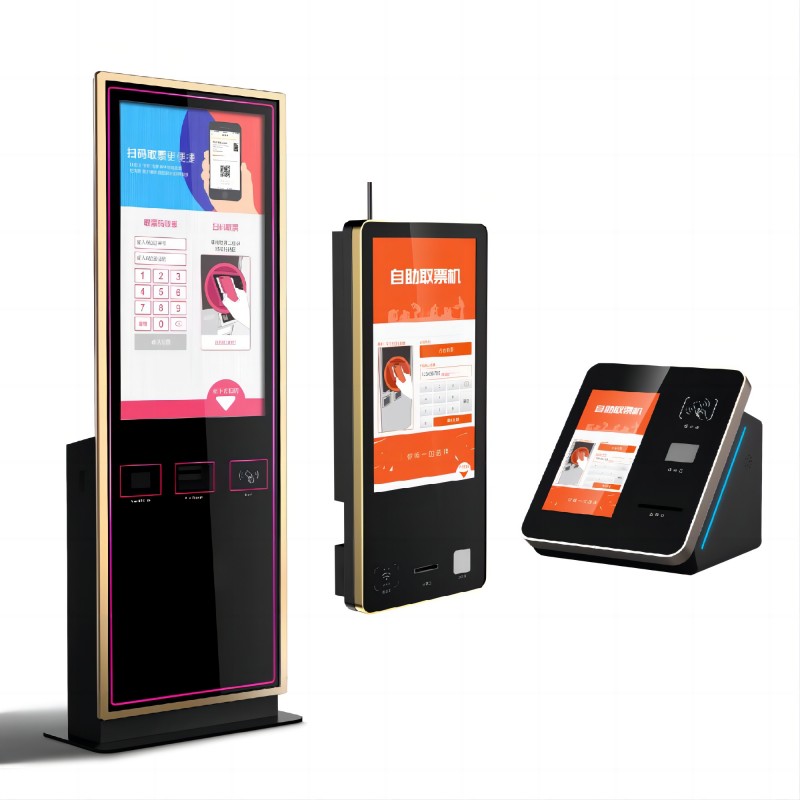
A comprehensive kiosk solution includes hardware, software, services, and customization options. The hardware consists of high-resolution touchscreens, robust processors, secure enclosures, payment terminals, printers, and connectivity options like Wi-Fi and Ethernet. Software components include a content management system (CMS), interactive software, secure payment processing, analytics and reporting tools, remote management, and integration capabilities with CRM and POS systems. Services and support encompass professional installation, training, ongoing technical support, content updates, and data analysis. Customization options allow for tailored user interfaces, hardware configurations, and software functionalities to meet specific business needs. This holistic approach ensures that kiosk solutions enhance operational efficiency and customer experience across various applications such as self-service, information delivery, interactive marketing, payment services, and wayfinding.
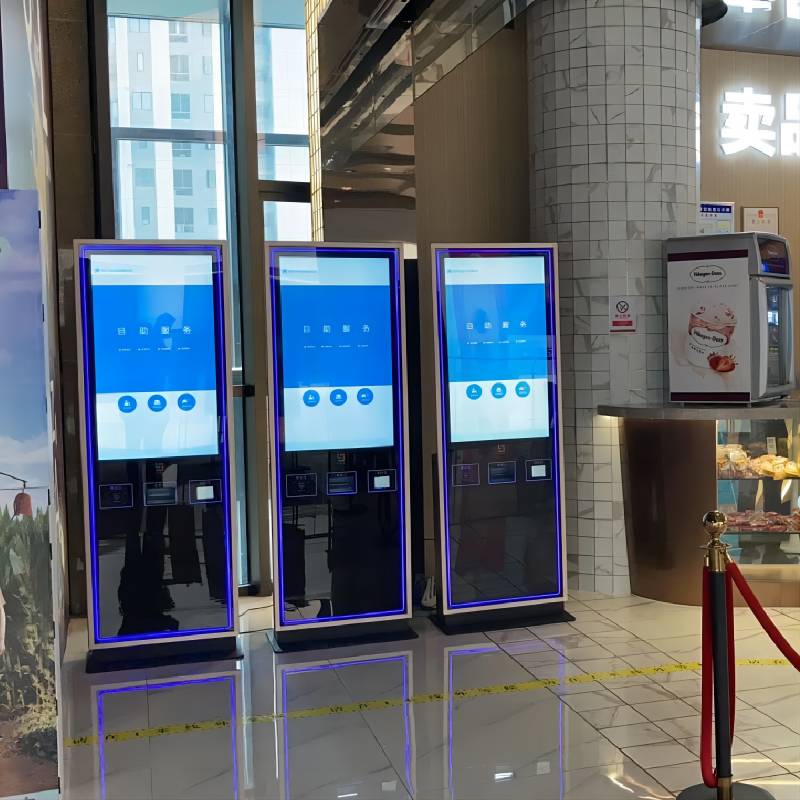
How to Implement a Good Kiosk SolutionDefine Clear Objectives:Determine the primary goals (e.g., improving customer service, increasing efficiency, reducing operational costs). Understand the specific needs of your target audience. Choose the Right Hardware:Select durable, high-quality touchscreens and enclosures. Ensure the hardware includes necessary components like printers, payment terminals, and connectivity options. Consider environmental factors like weather resistance if installing outdoors. Develop or Choose Suitable Software:Implement a robust content management system (CMS) for easy content updates. Ensure the software is user-friendly and intuitive. Include features like secure payment processing, data analytics, and remote management. Ensure software integration with existing systems (CRM, POS, inventory management). Customization and Branding:Design a user interface that aligns with your brand’s aesthetics and user experience goals. Customize hardware configurations to fit your specific requirements. Pilot Testing:Conduct pilot tests to identify any potential issues and gather user feedback. Make necessary adjustments based on the test results. Installation and Setup:Plan strategic locations for kiosk placement to maximize visibility and usage. Ensure proper installation, including power supply and network connectivity. Staff Training:Train staff on how to operate, maintain, and troubleshoot the kiosks. Provide guidelines for updating content and handling customer inquiries. Ongoing Monitoring and Maintenance:Regularly monitor kiosk performance and user interactions. Schedule routine maintenance and software updates. Use data analytics to gain insights and continuously improve the system. | Considerations for a Good Kiosk SolutionUser Experience:Ensure the kiosk is easy to use for all customers, including those with disabilities. Provide clear instructions and intuitive navigation. Security:Implement robust security measures to protect customer data and transactions. Regularly update software to patch any vulnerabilities. Scalability:Choose solutions that can be scaled up or adapted as your business grows. Ensure the system can handle increased user load and additional features. Cost:Consider both initial setup costs and ongoing maintenance expenses. Evaluate the return on investment (ROI) to ensure financial feasibility. Integration:Ensure seamless integration with existing business systems for cohesive operations. Facilitate data exchange between the kiosk and your other platforms. Support and Service:Choose vendors that offer reliable customer support and maintenance services. Ensure there are service agreements for quick resolution of any issues. |
By following these steps and considerations, you can implement a highly effective kiosk solution that enhances operational efficiency, improves customer satisfaction, and delivers a strong return on investment.
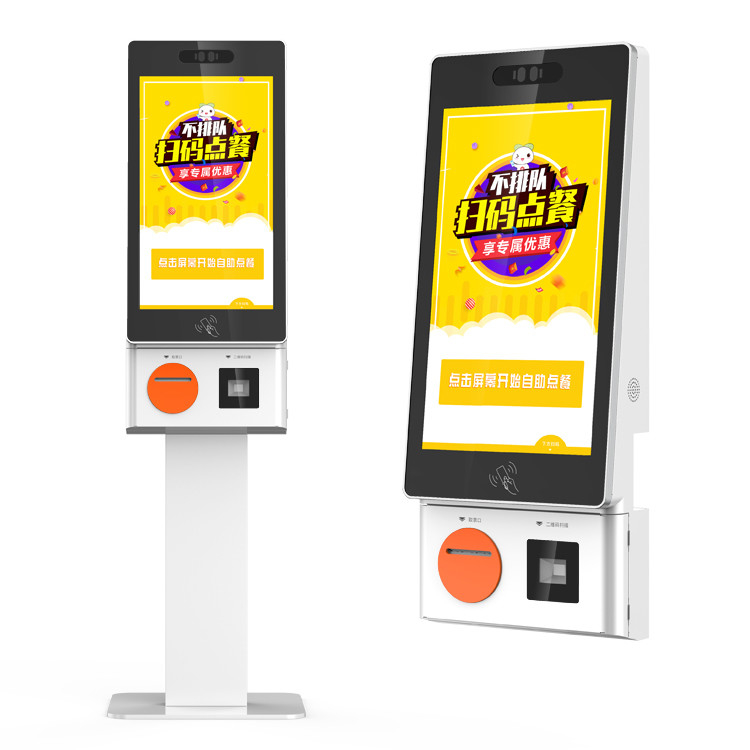
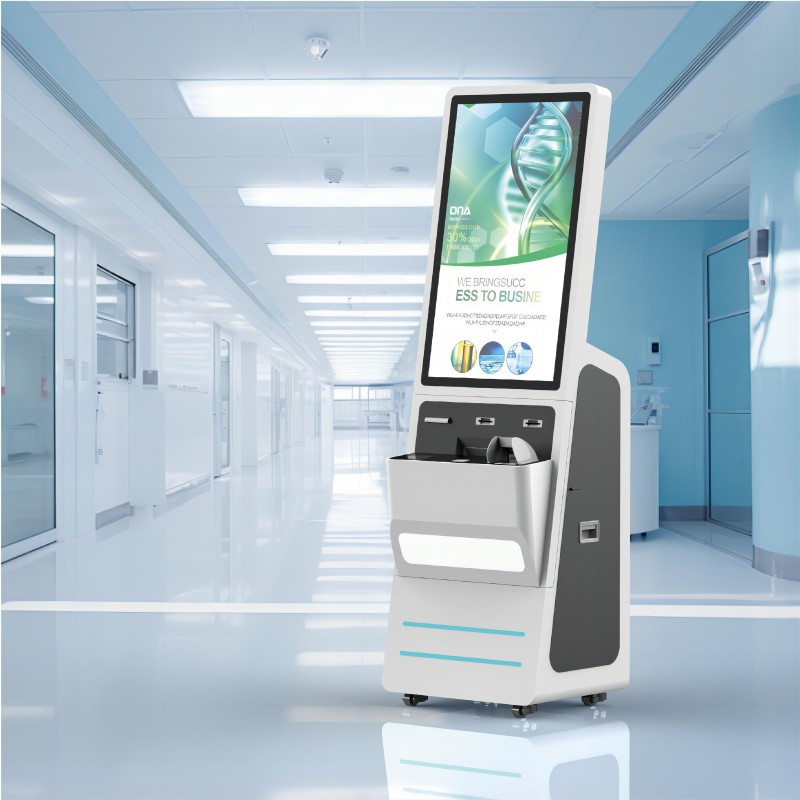
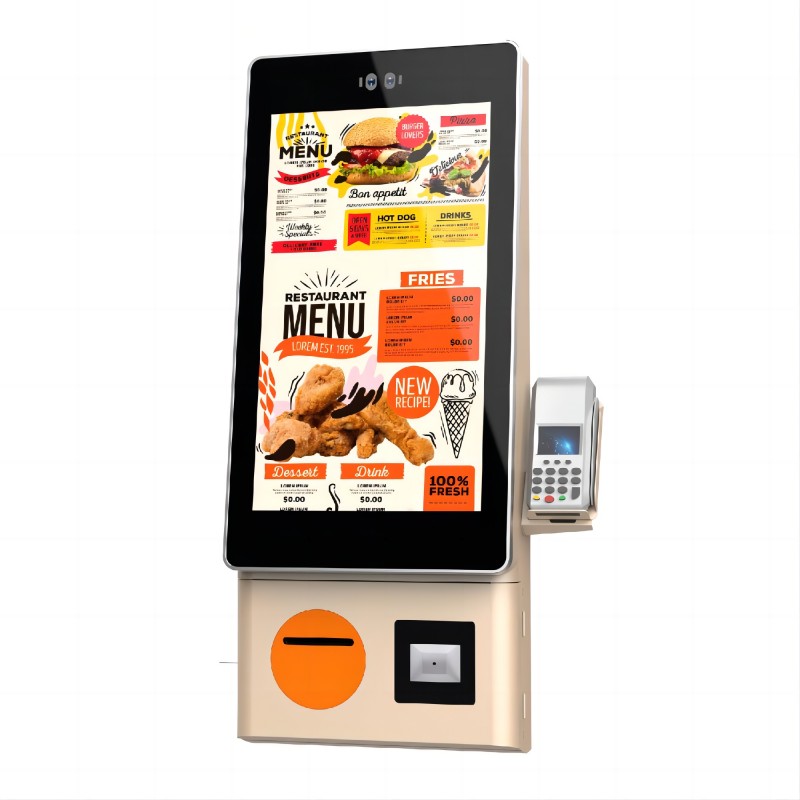
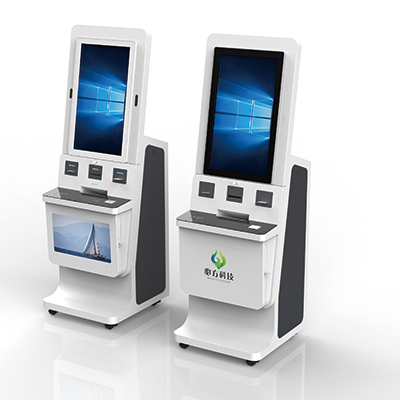
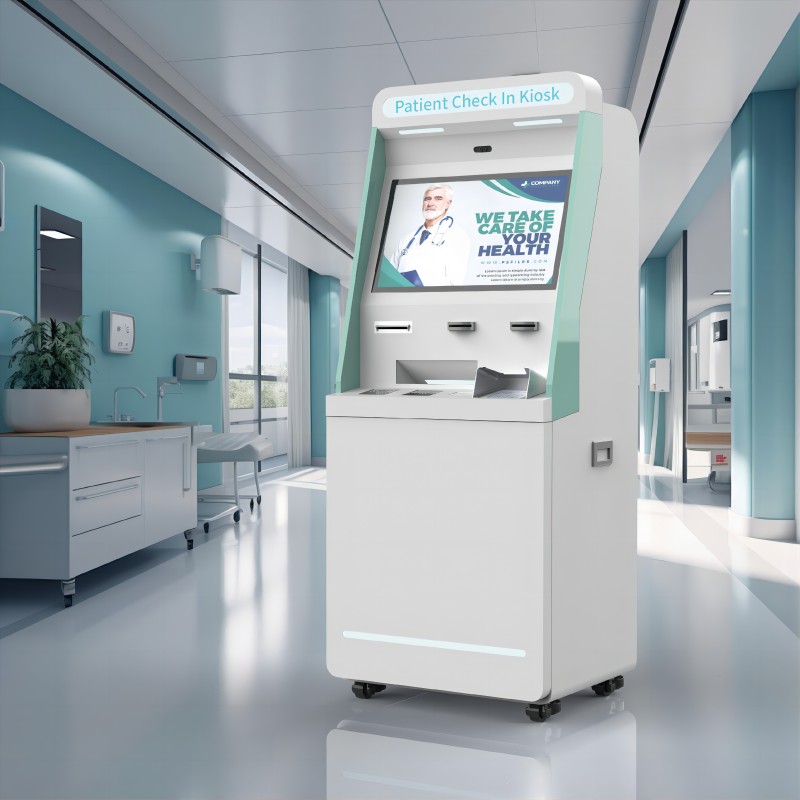

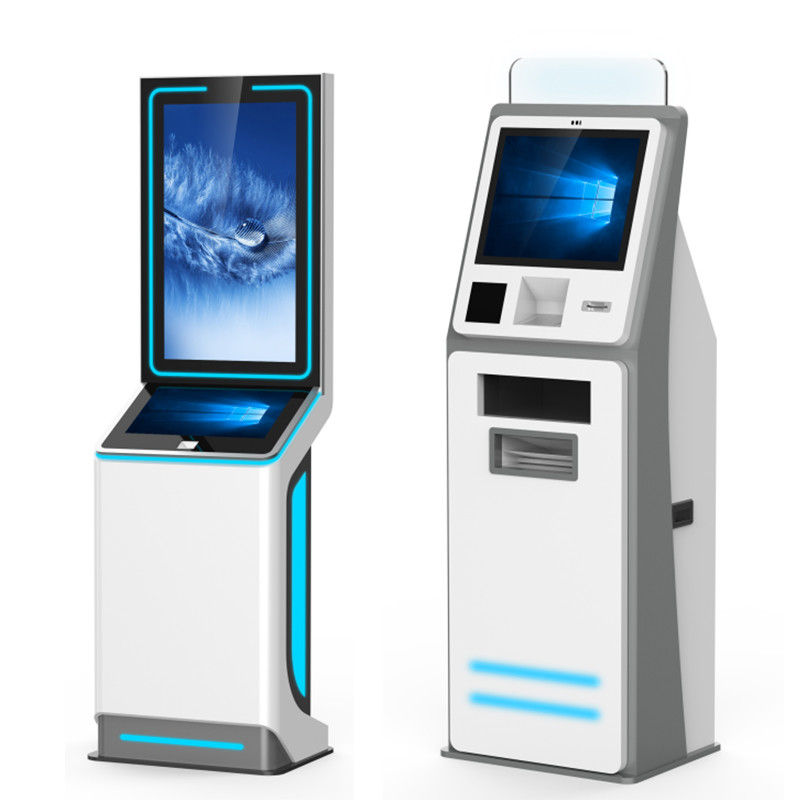
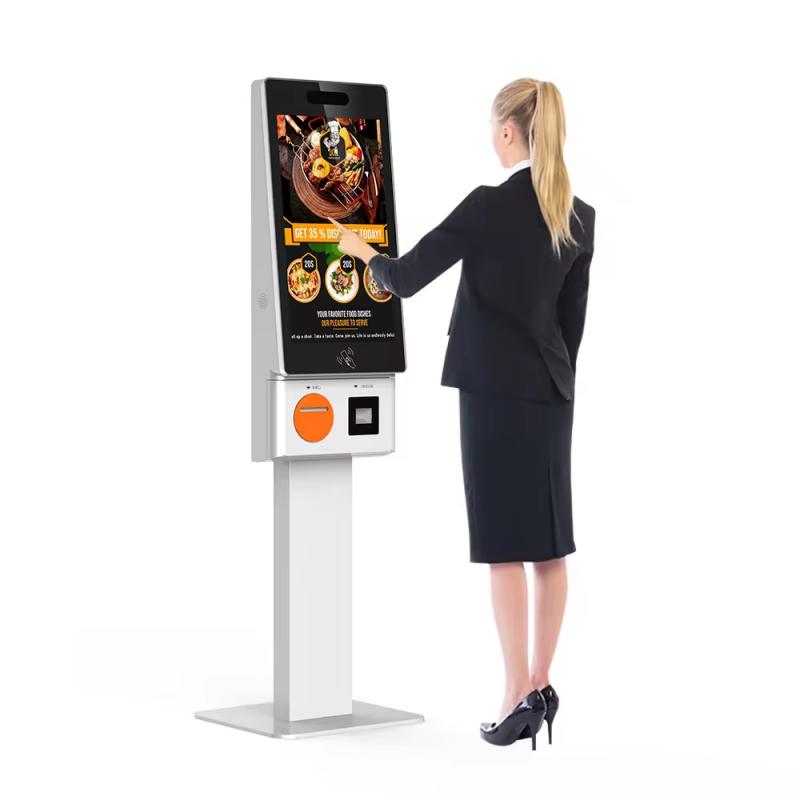
What did our happy clients say?
Your kiosk solutions integrate high-quality hardware with user-friendly software, ensuring seamless operations and an exceptional user experience. From robust touchscreens to secure payment systems, we cover all your needs."
Customization is your strength. your kiosks are tailored to fit our brand and operational requirements, with flexible hardware options and intuitive software. Enhance our business with your bespoke solutions.
Reliability and support are your promises. your kiosks are built to last and backed by comprehensive technical support and maintenance services. Trust you to keep our operations running smoothly.
Your kiosk solutions provide valuable data insights through advanced analytics and reporting tools. Monitoring performance allows me to make informed decisions using your cutting-edge technology tailored for the success of my business.